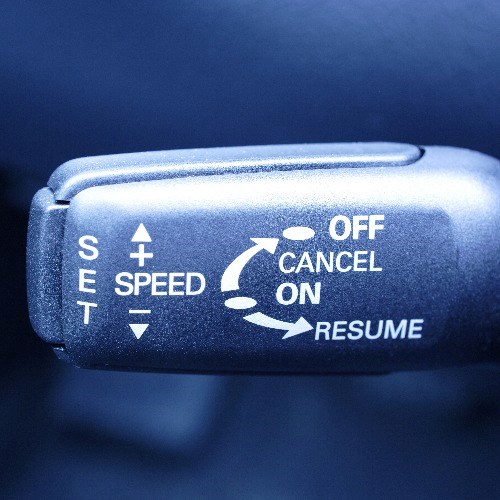SASKATCHEWAN — It’s a habit. Clicking on cruise control when hitting the highway for a road trip. However, in winter this simple habit can create chaos for not only the driver but potentially other drivers around them.
A number of internet sources were researched, and the consensus of these resources agreed cruise control use during winter conditions makes it harder to stop or steer out of skid. Wheels can lose traction on icy or wet roads and start to spin and cruise control could keep you accelerating, and when sitting back with your foot off the pedal, you won’t feel it. This could mean by the time you catch that, it would be too late.
When a driver’s foot is on the pedal, they would be able to feel the wheels slip and the skid begin, and thus are better able to react to it. Braking when losing traction or going into a skid could escalate situation.
Winter highway travel needs 100 per cent driver attention.
The Transport Canada website offers a number of suggestions.
Take a winter driving course. A winter driving course can get you direct experience in winter conditions and how to handle those situations safely. You can gain valuable experience through these courses by learning how to manage skidding and spinout situations in a safe environment.
In extreme weather, don't use cruise control or other driver assistance technologies such as adaptive cruise control and lane keeping assistance, as they may not work well in winter weather. Review your owner's manual to understand the systems’ capabilities and limitations.
In bad weather, put more distance between you and the vehicle in front of you. The three-second rule is a good tip. You should be able to count to three before you get to the same point in the road that the vehicle in front of you was at when you started counting.
Avoid forceful braking or sudden, jerking movement of the wheel.
Read the owner's manual to learn about your vehicle's braking system and tire traction.
While using cruise control on a long road trip is tempting there is no way of predicting suddenly changing road conditions ahead. Winter can create hazardous driving conditions quickly.
SGI advises, “Using cruise control in winter conditions can be dangerous. Cruise control systems are designed for use in ideal road conditions so when encountering areas with different traction, like ice patches, the system can react incorrectly and cause your wheels to spin and go into a skid. This can compromise your ability to control your vehicle and cause a collision.
“Knowing when to use cruise control is as important as knowing how to use it. Don’t use cruise control on snowy or icy highways. Regardless of what the road conditions are, drivers should also avoid cruise control in areas where frequent speed changes are required like on city streets or winding roads. “
Drivers can learn more about cruise control and when best to use it at https://www.sgi.sk.ca/cruise-control.
For more winter driving tips, visit https://www.sgi.sk.ca/winter-driving-preparations




